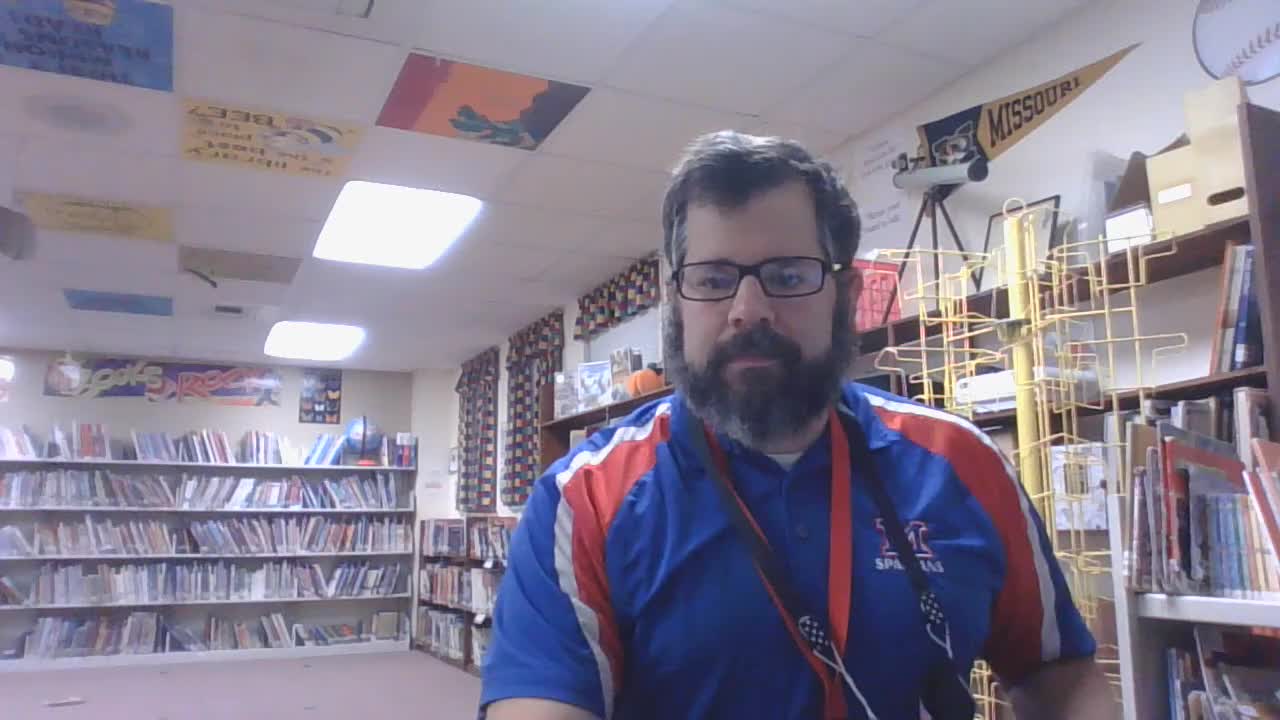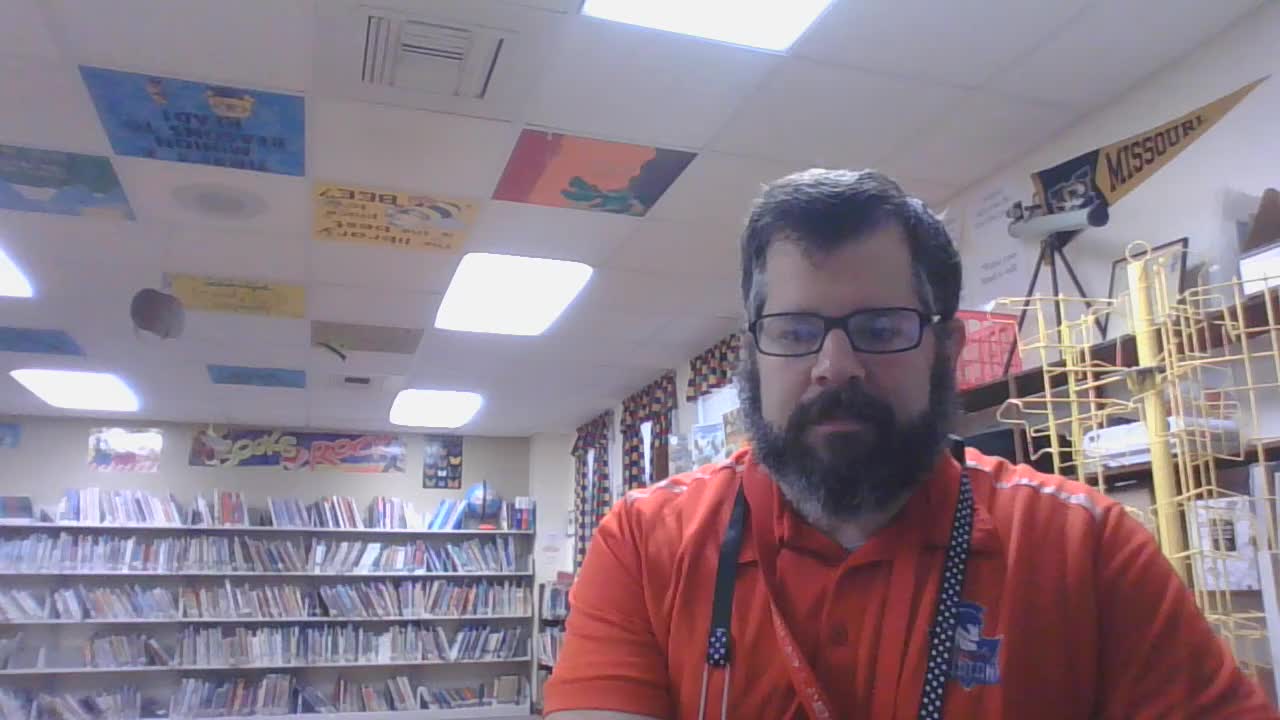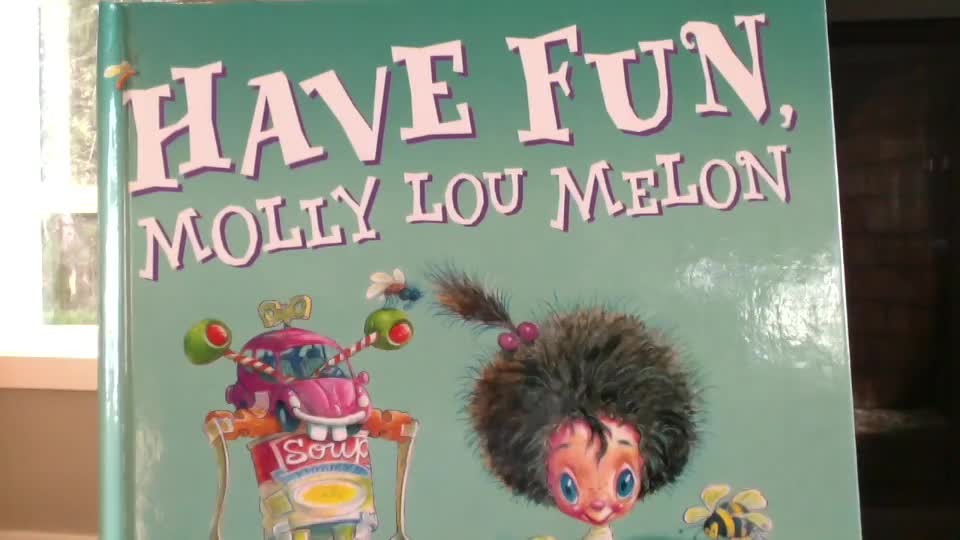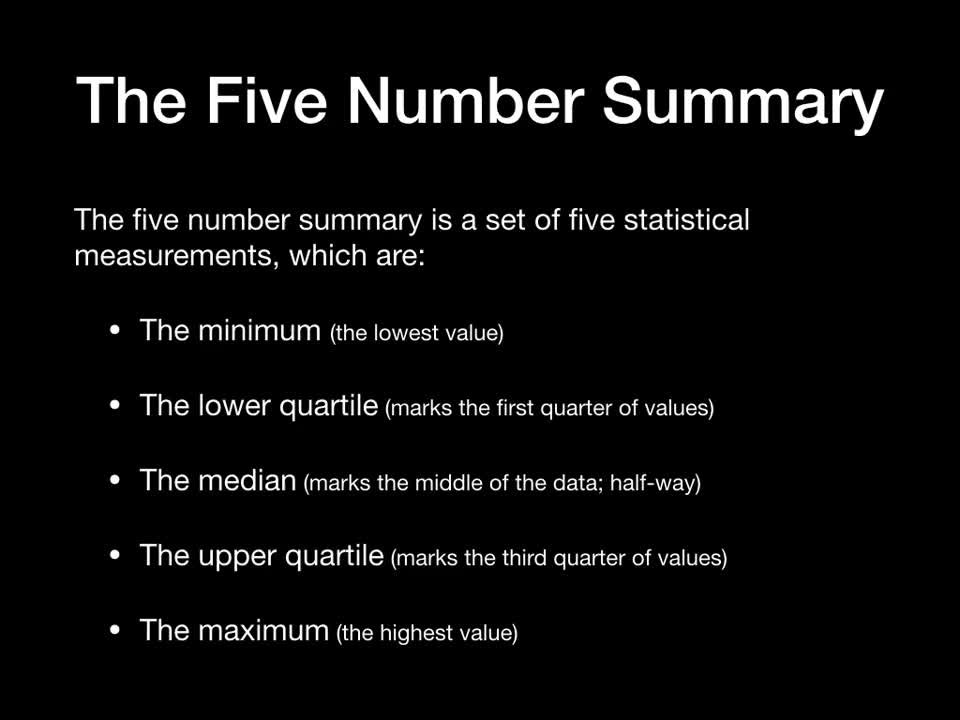Middle School > Social Sciences > Government Videos
Studying how the government operates is a good way to get middle school students involved in democracy. With this kind of study, schools can become training grounds for students who participate in policy making.
First off, students ought to know how the government works. That starts with the type of government a country has – parliamentary, presidential, federal, or centralized. Then, the students must know how the government is organized, from the leaders on top of the pyramid to the different branches of government. There are also those commissions, ministries, or departments in the government that deal with specific aspects of running the country. Students must know what these branches of government are for, and what each one’s responsibilities are.
With that knowledge, students can then learn about how laws are made. Crafting policies, from inception to approval, is often a lengthy process that involves more than just the legislative branch of government. Drafts are presented, revised, presented again, and revised again, as many times as possible. It is in these processes of deliberation and debate that students can get involved in their own way.
While laws are still in their infant stages, any external influence can change them, if the lawmakers pay enough attention. Students can be part of these influences as well in a number of ways. For one, they can write to their state’s legislators and voice out their concerns. They can go to forums and information sessions about the current policies being proposed. In these events, they can ask questions and clarify parts of the policies that they do not quite understand.
With this kind of participation, students can take a significant part in running their country. They may even propose their own policies to their legislators for consideration. Middle schoolers may not be full-on lawmakers, but at least they can have their voices heard by the ones who do make laws.









